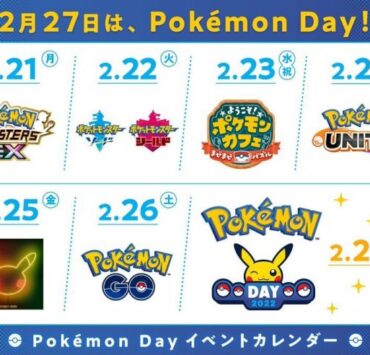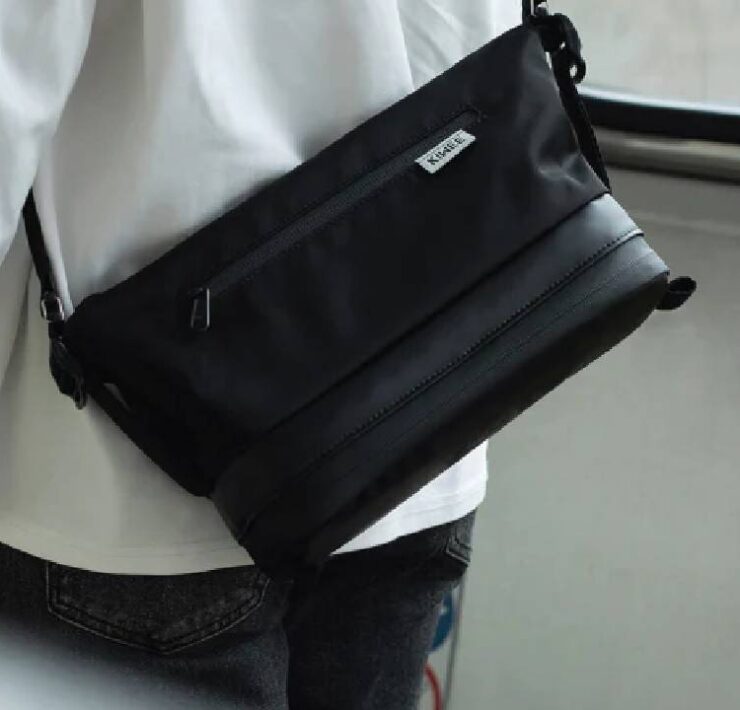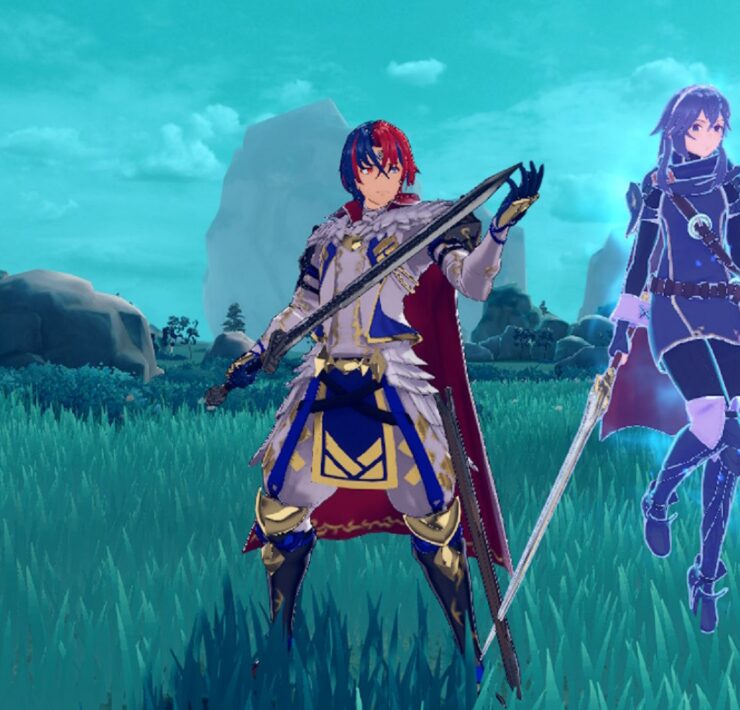Astroneer Switch Review – To Infinity and Beyond!
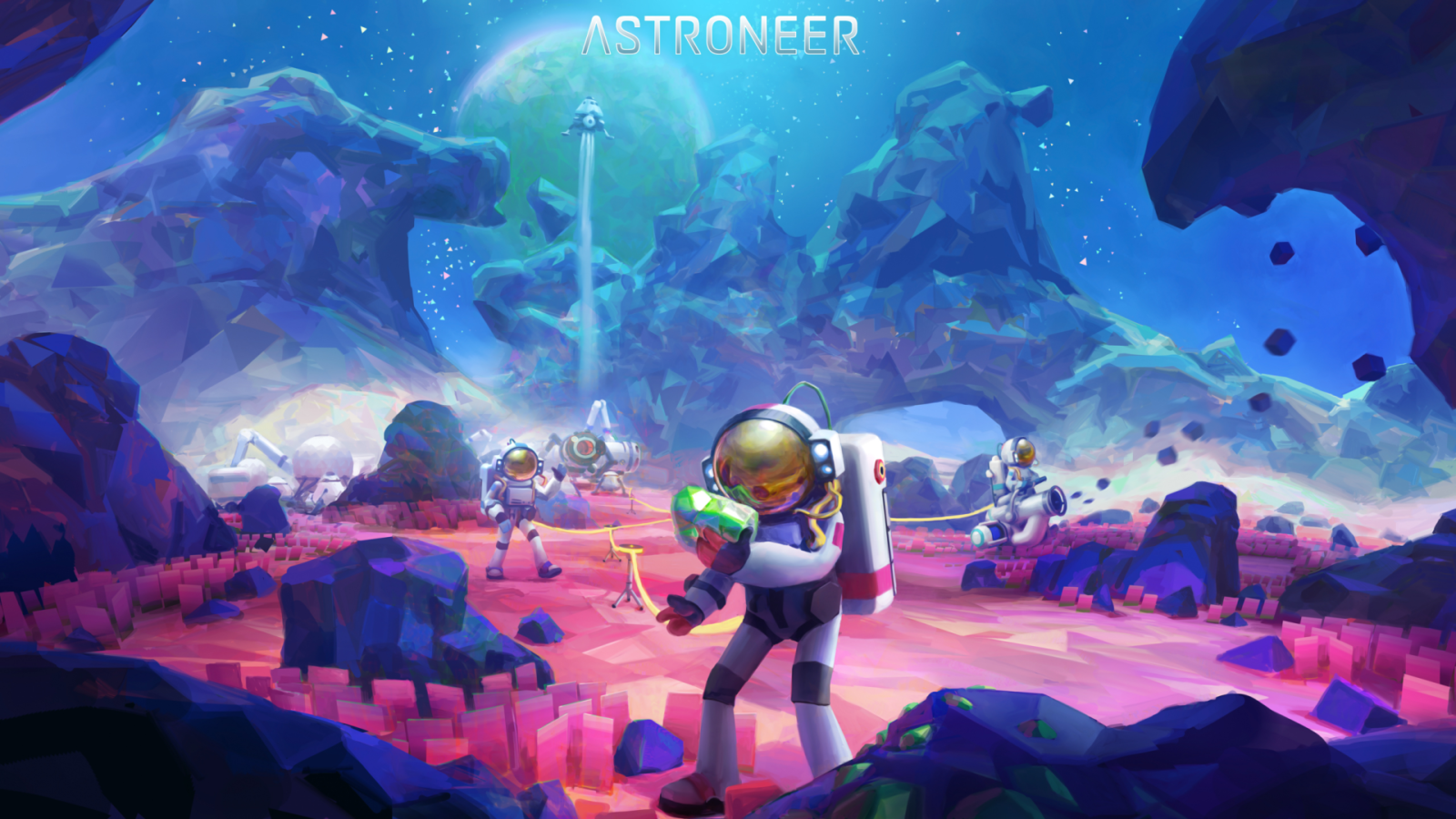
While initially released on PC in early access in 2016, Astroneer was eventually released on the Nintendo Switch in 2022. It was a long five years looking at this base building, space flying, survival game, and knowing it would fit so well on the Switch. Was the wait to launch into space worth it? Let’s find out together.
Astroneer has a story reminiscent of other survival games like Minecraft and Rust, which is barebones and more left up to the player to make their own story. This storytelling style works for me specifically in one setting, where you crash land on a planet and are left to survive, which is precisely what Astroneer does. I found myself talking to myself and making mental notes about odd discoveries and other crashed or busted-up beacons and rovers.
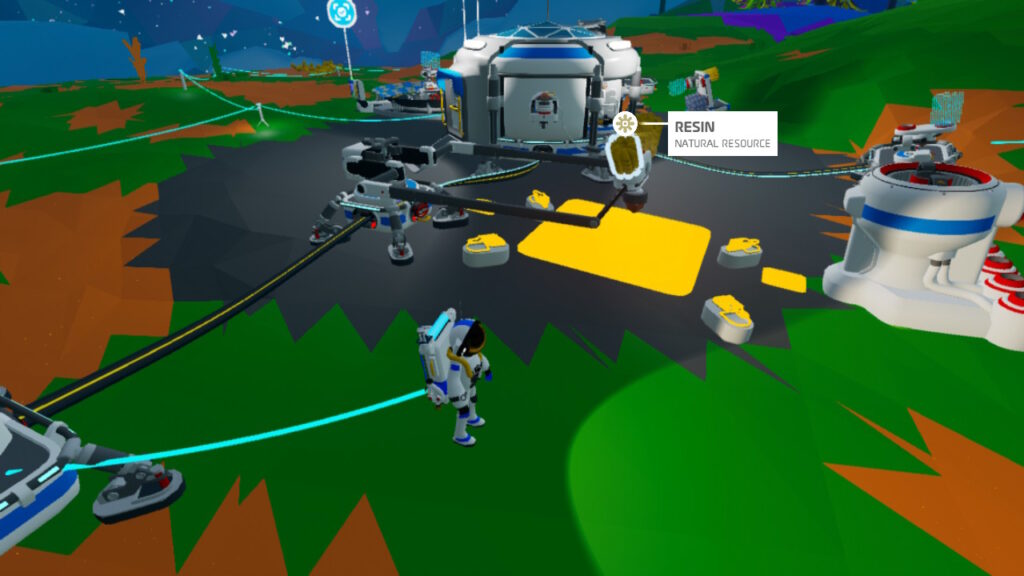
Like the other survival games, Astroneer is all about one thing: survival. Here you don’t need to worry about the staples like food and drink. It’s about managing your oxygen by placing tethers in your base camp. Eventually, you’ll most likely end up with tethers stretching for miles across the starting planet. Finally, you’ll want to head underground through your terrain sucking tool, which is also used to collect resources like ore and resin.
Crafting is essential to any survival game, and in Astroneer, it is done through a 3D printer from small to medium to large, each being able to produce different items.
What’s certain is making a tractor with wind panels is key to keeping its battery full. Speaking of, once you get things like vehicles and portable oxygen generators, you will need power carried through tethers and batteries that you have to charge or hook up to solar panels and wind generators.
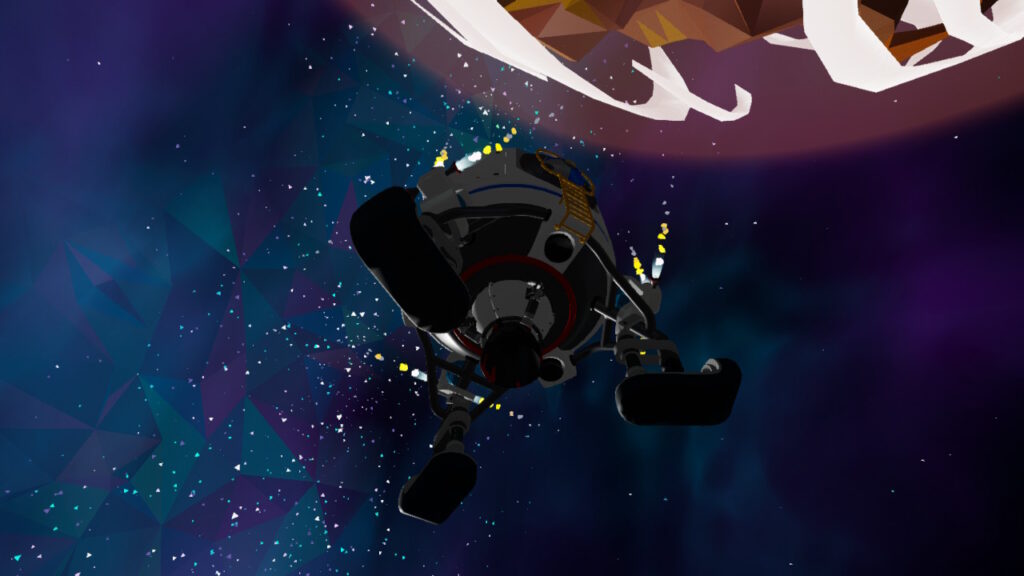
The big goal in Astroneer is to get off-planet, and as milestones go, it is a great one. When you build your first ship, fuel it up, and jump to space, there is a sense of accomplishment. You will have to do this because, at a certain point, you’ll notice that specific higher-end resources don’t spawn on the starting planet. Something that I wish was clearly stated from the beginning so you don’t end up running around for a few hours before a quick Google search helps you.
While resources on which planet may not be immediately apparent when you launch up to space before you pick another planet to travel, you can see which materials are on that planet. Other smaller goals and side quests show up in your journal, which you can track and have waypoints show up on the HUD.
Completing those side quests rewards you with research points which are used to learn how to craft new items, which can also be done by putting things in your research center once you build one. Another reward you can get from these side quests is items like a rover or wind generator, so it’s worth putting some time aside to work through them.

Overall, Astroneer is like most other survival games: what you get out of it depends on how much it clicks with you. There is an ending to it, but the point is not to reach its end but the stories you make for yourself along the way.
During my playtime in Astroneer, the only performance issue I ran into on Switch was constant pop which, with the popcorn art style, kind of works for it. The game also have up to 4 players in couch co-op, so if you are looking for something to play with your mates, this is a great one.
Astroneer clicked with me, and I enjoyed every minute of it and can’t wait to dive back into it. It is just one of those survival games that does most everything right.
Astroneer Switch Review provided by Nintendo Link
Review also found on OpenCritic
Publisher: System Era Softworks
Developer: System Era Softworks
Release Date: January 13th, 2022
Price: $29.99, £23.74, €27,99
Game Size: 1.2 GB
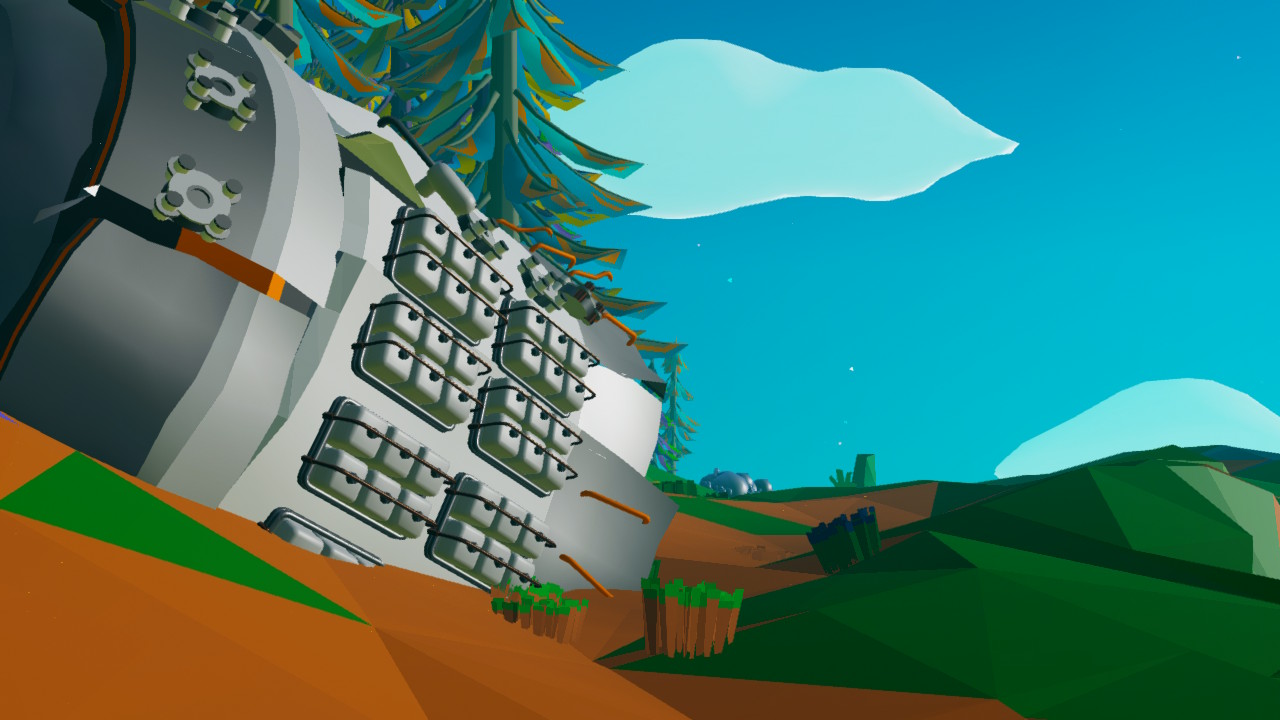
Fantastic Freedom
Awe inspiring vistas
Gameplay Loop is addictive
Pop In may bother some







